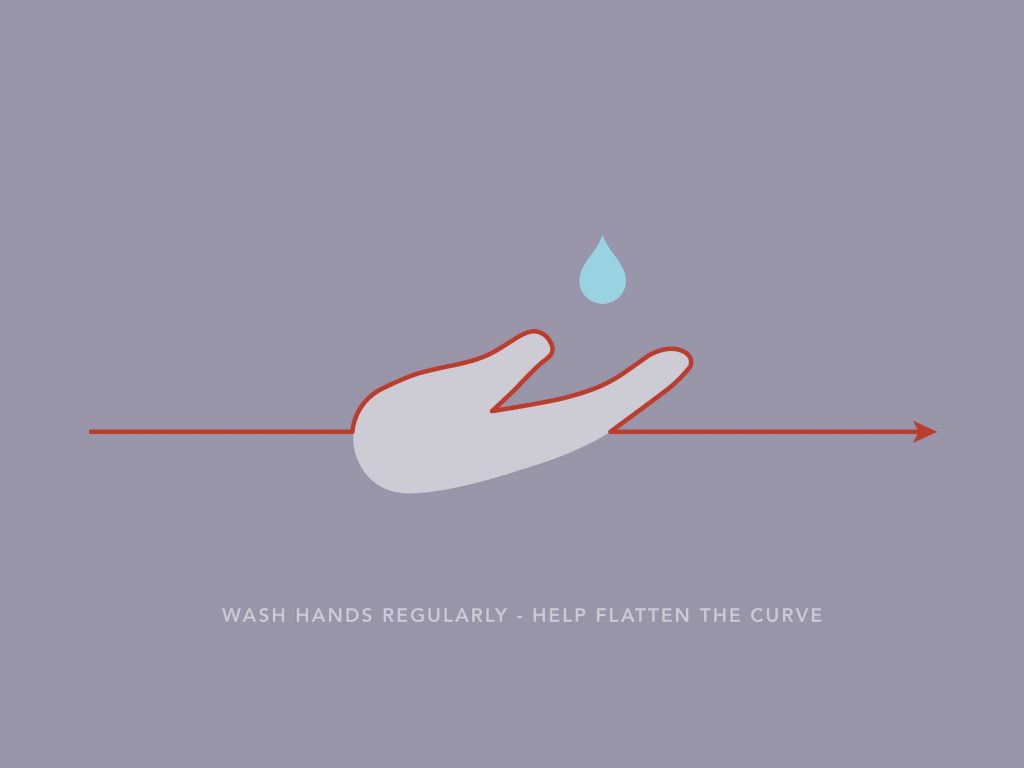Face masks are not all the same and they are only effective if used correctly. Discover with us the eight principal mistakes to avoid in order to ensure you are properly protected.
Surgical masks, personal protective equipment, uncertified health devices or paper or fabric masks.
- Wearing the wrong mask
- Choosing the wrong mask for the specific case and place of use
- Wearing the mask incorrectly
- Using the mask incorrectly
- Putting a mask on and/or taking it off incorrectly
- Washing and sanitising the mask incorrectly
- Ignoring health and social distancing rules
- Discarding the mask in the environment
There are many different types of mask, with different features and methods of use. In detail:
Surgical masks

These masks are formed of three or four layers of non-woven material. They are rectangular in shape and may be smooth or pleated. They are positioned over the nose and mouth and attached to the head with elastic loops or straps. They have an almost total filtering capacity towards the outside, as they prevent the droplets expelled when we breathe out, cough or simply speak from reaching anyone near us. They are not specifically designed to protect the wearer, as they do not fit tightly to the face.
However, this mask is the most effective medical device in a social setting: if it is worn correctly by everyone in the same environment, it helps prevent them from infecting each other.
Personal Protective Equipment
The masks identified as personal protective equipment are classified into three FFP (Filtering Face Piece) groups. Group 1 comprises masks with an 80% filtration efficiency of particles suspended in the air. This figure is 94% for group 2 and 99% for group 3. Only FFP2 and FFP3 are considered suitable to protect against pathogenic agents.
A fundamental distinction to make between PPE is whether or not a valve is present.
The function of the valve is to allow the warm air that is breathed out to be expelled from the mask, which makes the mask easier to wear for a lengthy period of time.
The valve reduces the accumulation of humidity, thus avoiding problems with condensation and glasses fogging up. Its presence does not jeopardise the filtering capacity from the outside towards the inside, but makes it entirely unsuitable for protecting others.
This is precisely the reason why PPE with valves, particularly in this period of emergency, should only be used by healthcare operators who come into direct with patients who are certainly infected.
The presence of the valve makes the device easier to use without interruption for an entire shift.
In contrast, use of PPE without a valve guarantees a high level of protection for both the wearer and anyone around them, but can cause problems in terms of comfort, since the humidity and heat tend to accumulate inside and make it harder to breathe even several minutes after putting it on.
Uncertified medical devices and fabric or paper masks.
Uncertified medical devices are masks of lower quality than surgical masks and are often used at production plants to protect the nose and mouth against dust or substances that it is inadvisable to inhale. Like fabric or paper masks, they are inefficient or insufficient devices to protect ourselves and others against pathogenic agents.
2. Choosing the wrong mask for the specific case and place of useAs already said, the most suitable mask for everyday use in social settings is a surgical mask. It is recommended to use this mask in the workplace, at the supermarket or pharmacy, or, more generally, in any setting where we are in contact with other people.
As an alternative, it is possible to use a PPE mask without a valve, with the appropriate precautions in terms of comfort, as the mask will only be comfortable for short spaces of time and in the absence of any respiratory symptoms.
3. Wearing the mask incorrectly
A mask is only effective if it is used correctly. It is essential to wash your hands thoroughly before putting it on.
Then look at the mask and check for the top, which is the part that adheres to the nose.
There is a bendable metal strip inside the top of surgical masks, which you press to adapt it to your face.
The lower part should pass underneath your chin for the mask to adhere completely to your face.
If the mask has straps, the upper two should be tied at the top of your head and the other two on your neck.
The mask must cover the nose, mouth and chin for the entire period of use.
4. Using the mask incorrectlyOnce you have put the mask on, it must be kept in the same position for the entire period of use. It should therefore only be removed when strictly necessary. Absolutely avoid touching the outer part and use only the elastic loops or the straps to position or move it.
It is pointless to wear a mask if you leave your nose uncovered.
Also avoid touching your face when wearing a mask.
5. Putting a mask on and/or taking it off incorrectlyUse the straps or elastic loops to remove the mask, moving it away from your face without lowering it onto your neck or sliding it over your hair. Also avoid touching the outside of the mask when removing it.
Once the mask has been taken off, it should be placed in a closed container, such as a plastic bag, and thrown away in the case of a disposable mask.
If the mask is reusable, you should have a closed container in which to place it until it can be washed and sanitised.
It is essential always to wash and sanitise your hands after removing the mask.
6. Washing and sanitising the mask incorrectlySurgical masks are disposable and it is important to remember that there are no scientifically validated procedures for disinfecting them. PPE masks can be reused, however, but only if the material is not worn.
In the case of PPE masks without a valve, the humidity produced by our breath may reduce the filtering capacity of the mask and therefore its efficiency, to the point where it is no longer offers protection.
There are three methods of treatment to regenerate it: exposure to a temperature over 60° in a humid environment; exposure to ultraviolet rays or treatment with 60/70% alcohol solutions.
7. Ignoring health and social distancing rules
It is important to remember that use of masks is not a substitute for the health and social distancing rules laid down by the Health Ministry, but rather a supplement to them. Masks do not give us superpowers and should not be an excuse for uncivil or disrespectful behaviour. Even when wearing a mask, social distancing of two metres should be maintained and care taken over touching surfaces, using disposable gloves and washing and sanitising your hands.
8. Discarding the mask in the environmentIt is important to place used masks in properly sealed containers or bags and dispose of them in normal non-recyclable waste. This last point is essential not only for our own health, but also for the environment!
For further information, consult the website of the Health Ministry










